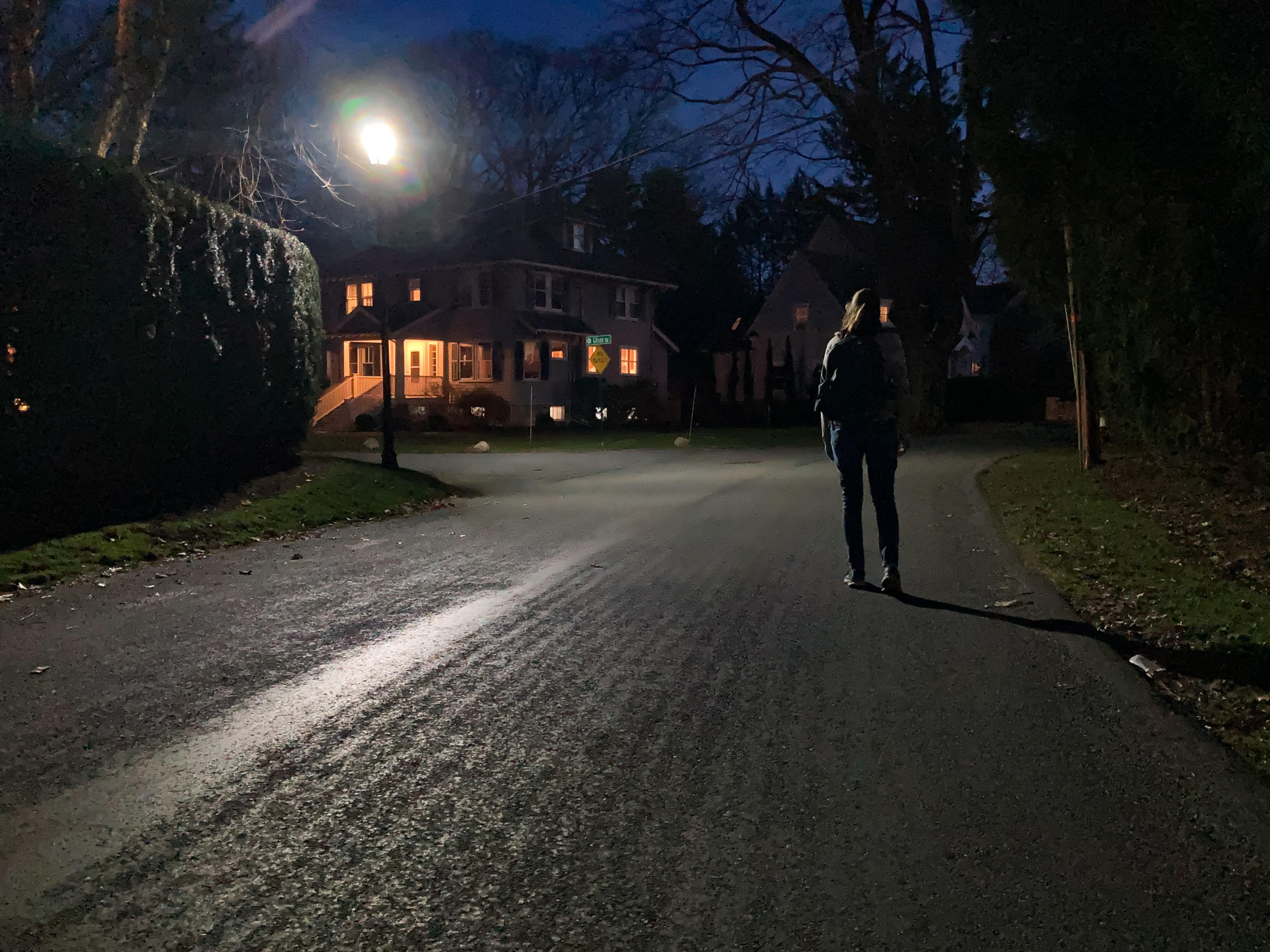On March 15, the Senate voted unanimously in favor of the Sunshine Protection Act. Although it has yet to be approved by the House of Representatives and President Joe Biden, the act could have serious consequences for students in high school.
If passed, starting in November 2023, the act would keep the country permanently in Daylight Saving Time, so the sun would rise late in the morning and set later in the day. This would cause anyone who wakes up early, whether for work or school, to wake up in darkness for half the year.
Shari Johnson, a nurse at the high school emphasized the danger of switching between Standard and Daylight Savings Time on a person’s health and safety.
“I think switching times back and forth is detrimental to health. There’s studies that show that there’s an increase of car accidents and sports accidents and cardiac events that happen, so it does affect our health and our safety,” said Johnson.
Zachary Biederman, a guidance counselor and school psychologist at the high school agreed, explaining that switching can negatively impact our circadian rhythm.
“When that cycle is disrupted, even by one hour, it disrupts all of these functions and tendencies that we have. This can create difficulties with learning, social interactions, and cognitive functioning,” said Biederman.
The act would keep the country in Daylight Savings Time rather than Standard Time, and as a result, the sun would rise later in the morning and set later in the evening. Some may be excited for more sun in the evening, but the change could lead to safety hazards for those who have to go to work or school early in the morning.
“I think it might be a little more dangerous, specifically in the winter, because it can get very icy on some hills. I have to go very slowly or very carefully to make sure I don’t fall, and that would be harder when it’s darker,” said Ellery Franceschini ’25, who walks or bikes to school on a daily basis.
Johnson agreed with this sentiment, expanding on the increased safety light in the morning would create.
“I think if we stayed on Standard Time, we’d have more mornings with light and that would help with safety for lots of reasons, walking, trains, commuting,” said Johnson.
Dr. Elizabeth Klerman, a physician in the Division of Sleep and Circadian Disorders at the Brigham and Women’s Hospital, explains that keeping Daylight Saving Time is similar to moving to a different time zone one hour ahead, except instead of the sun staying in the normal positions at certain times of the day, (i.e. the sun being at its zenith at noon), it would rise an hour later and set an hour later than usual.
“You get light exposed later, and that means, to your body clock, that you should stay awake later. But your alarm clock goes off at the same time, so you get less sleep,” says Klerman.
Others believe that staying with Daylight Saving Time, and as a result having more light in the evenings, would allow for better mental health due to more options to enjoy nature and exercise outside.
“If they are given more sunlight and more opportunity to engage in those opportunities, later in the day…I think it’s a really positive thing that will have some lasting positive impacts,” said Biederman.
Getting rid of the Daylight Saving Time change may be better for the health of people across the country, but which time to choose is disputed. Despite losing sunlight in later hours of the day, sticking with Standard Time may allow for safer commutes to school or work in the mornings and more sleep, and although it may be darker in the mornings, using Daylight Saving Time may allow for better mental health.

